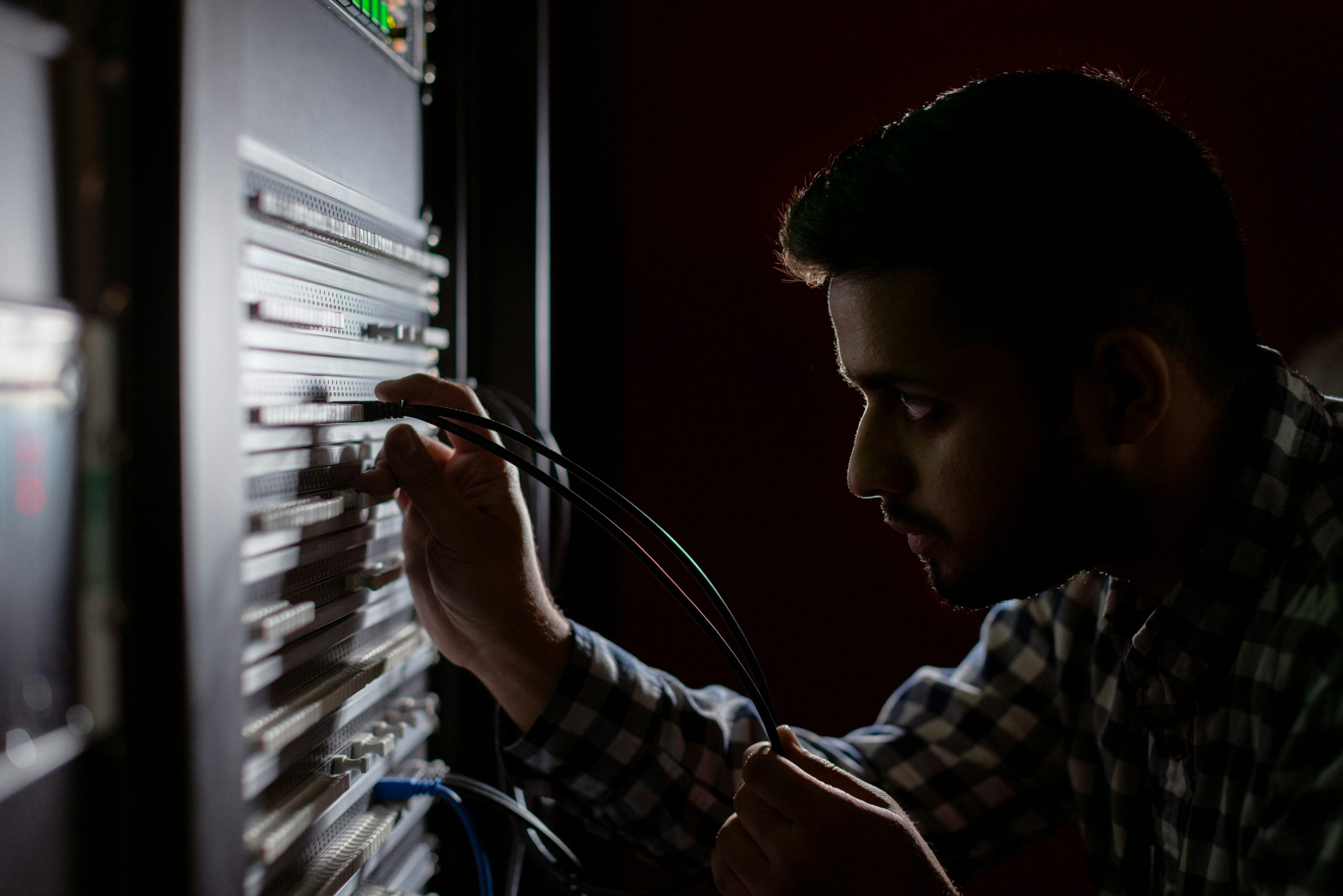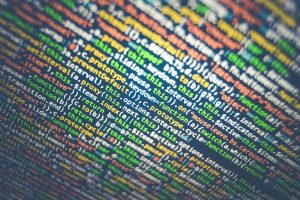How Blockchain Technology Is Revolutionizing Academic Credentials
The traditional method of verifying academic credentials has long been a tedious and time-consuming process, resulting in delays and inaccuracies. However, with the rise of blockchain technology, this entire process is now being revolutionized. Blockchain, a decentralized and secure digital ledger, has the potential to transform traditional academic credential verification systems. In this article, we will explore how blockchain technology is changing the way academic credentials are verified and why it is becoming a popular choice for educational institutions and employers alike.
The Issue with Traditional Verification Methods
The traditional method of verifying academic credentials involves a lengthy process of requesting transcripts directly from educational institutions. This process is often slow, as it requires multiple parties to verify and authenticate information, resulting in delays and potential errors. Furthermore, the centralized nature of traditional verification systems makes them vulnerable to fraud and data manipulation.
The Advantages of Blockchain Technology
The implementation of blockchain technology in academic credentials offers several advantages over traditional verification methods. Firstly, it eliminates the need for intermediaries, as the verification process is done directly between the issuing institution and the recipient. This not only speeds up the process but also reduces the potential for errors.
Secondly, blockchain technology provides a secure and tamper-proof digital record of academic credentials, making them virtually impossible to falsify or manipulate. This ensures the authenticity of the credentials and minimizes the risk of fraud, which is a significant concern for employers and educational institutions.
How Blockchain Verification Works
So, how exactly does blockchain technology verify academic credentials? Let’s break it down into three simple steps:
Step 1: Issuance of Credentials
The first step in the process is the issuance of academic credentials, such as degrees, diplomas, and certificates. These credentials are digitally signed by the issuing institution and recorded on the blockchain, creating an immutable record of the academic achievement.
Step 2: Verification Request
When an individual presents their academic credentials to an employer or any other interested party, the recipient can request verification by accessing the blockchain record. This can be done through a QR code or a link to the blockchain record provided by the individual.
Step 3: Verification and Authentication
The issuing institution is notified of the verification request and can confirm the authenticity of the academic credentials directly to the recipient. The verification process is done through cryptographic signatures, ensuring the security and accuracy of the information. Once the verification is complete, the recipient can access the verified credentials on the blockchain, providing a secure and transparent method of verification.
The Future of Academic Credential Verification
With the increasing use of blockchain technology, it is evident that traditional methods of verifying academic credentials will soon become obsolete. Already, several educational institutions around the world, such as MIT, are implementing blockchain-based verification systems for their students.
The use of blockchain technology for academic credentials also has significant implications for the future of employment. As companies continue to struggle with the rise of fake credentials, blockchain-based verification can provide a reliable solution to this problem.
In Conclusion
The use of blockchain technology in academic credential verification has the potential to revolutionize this process, making it more efficient, secure, and reliable. Its decentralized nature eliminates the need for intermediaries, reducing the time and cost of verification. With its tamper-proof record-keeping, blockchain technology ensures the authenticity and accuracy of academic credentials, addressing the growing concern of fraud in this field. As more educational institutions and employers adopt this technology, it is safe to say that blockchain will play a crucial role in the future of academic credential verification.











